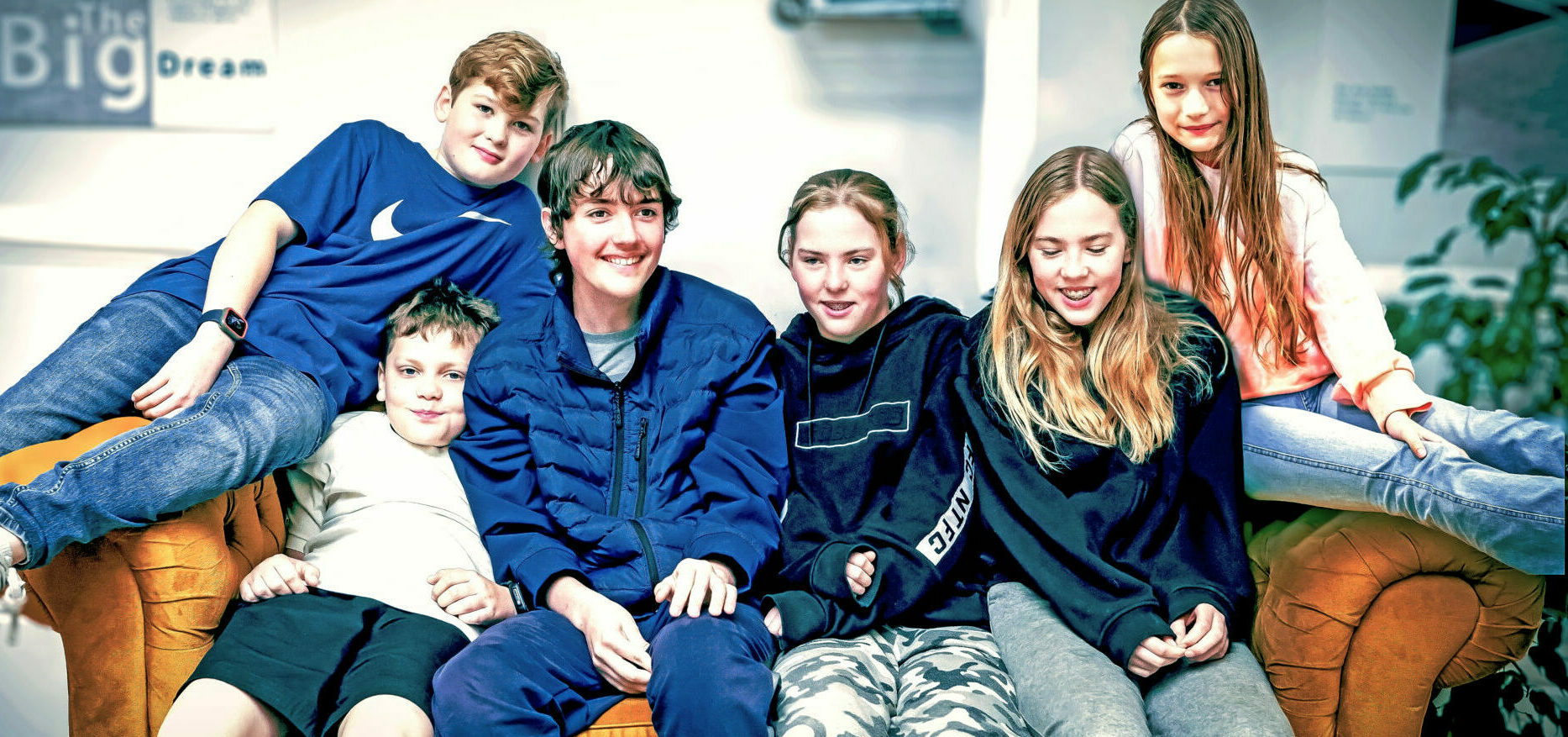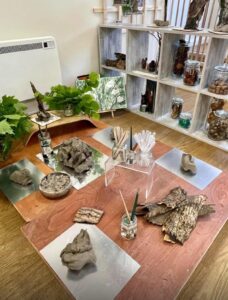Is anyone else finding children’s behaviour particularly challenging at the moment? The stomping feet, the shouting, the chair-throwing, the running and laughing when asked to do simple tasks like washing hands? It’s exhausting. It’s frustrating. And it can leave even the most dedicated educators questioning what’s going wrong.
After years of leading multiple settings and working as a consultant, I’ve consistently observed one common factor at the heart of behavioural challenges in early years settings: the environment.
Why Behaviour Challenges Often Start with the Environment
When children’s behaviour seems out of control—not just one or two children with additional needs, but a pattern across the group—the first place to look isn’t at the children themselves. It’s the environment that often holds the answer.
Children are wired to play. Their brains seek stimulation, discovery, and engagement. If the environment isn’t offering enough opportunities for hands-on, open-ended play, their brains will find stimulation another way—often in ways that we, as adults, interpret as “challenging behaviour.”
I’ve visited numerous settings where educators feel overwhelmed, tired, and stuck, unable to understand why their group feels so unmanageable. Then I look at the room and see the same common issues: not enough open-ended materials, limited opportunities for independence, and too many restrictive, adult-led activities.
Seeing Through the Eyes of a Child
Let’s step back and view the space through a child’s eyes:
• Are there enough invitations to play, or are children constantly being directed from one task to another?
• Are the materials engaging and thought-provoking, or are they plastic, single-purpose toys that don’t invite creativity?
• Is the space designed for independence, or do children have to rely on adults for every transition, resource, or choice?
When children lack autonomy, stimulation, and opportunities to explore, they will create their own. Running around, tipping chairs, shouting, and pushing boundaries often stem from an unmet need for exploration and engagement.
A Simple Yet Powerful Shift
Just last week, I worked with a new setting grappling with these exact issues. Staff were exhausted from dealing with constant disruptions. The children were restless, frustrated, and acting out. So, what did we do?
We removed half the chairs and tables and introduced open-ended materials and invitations for play. We created spaces where children could explore, create, and engage independently.
The transformation was immediate. The energy in the room shifted. The children were calmer, more engaged, and far less inclined to challenge adult requests. As one educator put it, it was “like night and day.”
What Can You Do Today?
If you’re facing similar challenges, I encourage you to examine your environment. Here are a few quick changes that can make a world of difference:
1. Reduce furniture: Fewer tables and chairs mean more space for movement, construction, and creative play.
2. Increase open-ended materials: Loose parts, natural objects, blocks, fabric, and art supplies give children the freedom to create and explore.
3. Encourage independence: Ensure children can access materials, pour their own drinks, and wash their hands without waiting for an adult.
4. Offer invitations to play: Set up small provocations that spark curiosity and engagement without adult direction.
5. Observe before reacting: Instead of focusing on managing behaviour, watch how children are engaging with the environment. What might they be telling you through their actions?
The Environment as the Third Teacher
In the Reggio Emilia approach, the environment is considered the third teacher—just as influential as adults and peers in shaping children’s learning and behaviour. When the environment is rich, engaging, and well-designed, children thrive. When it is limiting, overstimulating, or uninspiring, children resist.
So, next time you’re feeling overwhelmed by behaviour challenges, take a step back and ask yourself: What is my environment teaching the children? If the answer isn’t what you want it to be, it might be time for a change.
And if you need support, I offer online or in-person consultations to help transform your space and your children’s behaviour—overnight. You might just be amazed at the results.


